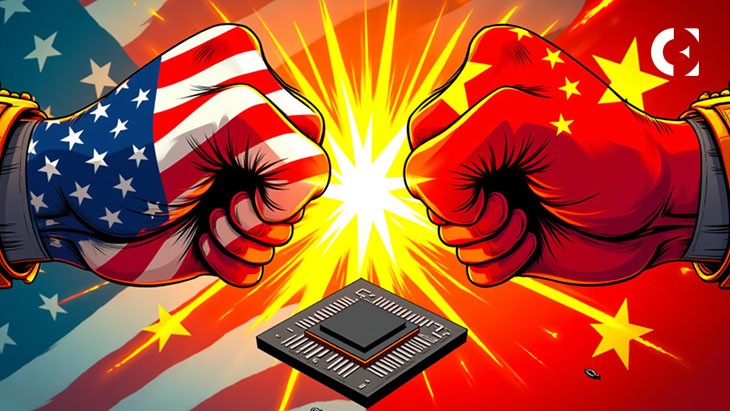
The United States and China took a step toward calmer trade ties after President Donald Trump and President Xi Jinping met on the sidelines of APEC in Busan. Trump said the U.S. would cut some tariffs, including a fentanyl-related levy to 10%, and China would keep rare-earth exports flowing and resume soybean purchases. The move lowers near-term friction around supply chains and opens room for policy talks that include digital assets. “I think we’re going to have a fantastic relationship for a long period of time, and it is an honor to have you with us,” President Trump said in the meeting. Related: Markets Edge Higher on US-China Tariff News and a Bitcoin vs Tokenized Gold Showdown How Will the New U.S.-China Deal Impact the Global Crypto Regulatory Domain? The Policy Rails Already Exist The U.S. GENIUS Act gives regulators a live framework for payment stablecoins, including reserve and disclosure rules. Banks face a parallel track under the Basel Cryptoasset Standard (SCO60), effective Jan. 1, 2025, which jurisdictions implement through local banking rules. Those two anchors give global forums a common reference when they discuss cross-border settlement, custody, capital, and disclosure for crypto. In China, the government has enhanced the adoption of its Central Bank Digital Currency (CBDC) dubbed digital RMB (e-CNY). Outside mainland China, Hong Kong has made significant progress in implementing clear crypto regulations, resulting in several spot crypto exchange-traded funds already approved. A warm economic relationship between the United States and China will likely influence mutual crypto regulations. However, President Trump admitted that President Xi is a ‘tough negotiator’ and added that ‘ it’s not good’. Nonetheless, the easing of bilateral relations between China and the United States will enhance technology sharing. Moreover, the previous tensions, which were hallmarked by trade disputes, resulted in technology restrictions including the sharing of semiconductors, artificial intelligence, and blockchain. Where Coordination Can Happen Next A thaw increases the odds of practical workstreams at the BIS Innovation Hub and within G20 finance tracks. Those venues can translate bilateral goodwill into technical standards for on-chain settlements, tokenized deposits, and stablecoin usage that banks can adopt without conflicting national rules. Through the Hong Kong Monetary Authority (HKMA) and the Securities and Futures Commission (SFC), Hong Kong has been implementing the Basel Committee’s international standards on crypto-assets. What This Means For Markets Clearer rules reduce legal uncertainty for stablecoin issuers, exchanges, and banks, which can improve liquidity, lower funding spreads, and bring institutional flows onshore in regulated venues. Related: Bitcoin Price Prediction: BTC Rebounds Ahead of Trump–Xi Meeting If the two sides keep dialogue open after Busan, expect pilot corridors to form first in places already aligned to Basel, Hong Kong among them, before broader adoption. Disclaimer: The information presented in this article is for informational and educational purposes only. The article does not constitute financial advice or advice of any kind. Coin Edition is not responsible for any losses incurred as a result of the utilization of content, products, or services mentioned. Readers are advised to exercise caution before taking any action related to the company.
Bitcoin Exchange OKX Announces Listing of Two New Altcoin Trading Pairs on its Futures Platform! Details Here
1 hour ago
AI’s blind spot: Machines can’t separate truth from noise | Opinion
1 hour ago
Cronos EVM Smarturn Upgrade Explained: Impact for Users, Developers, Node Operators, and Ecosystem
1 hour ago
What Crypto Whales Are Buying After FOMC Rate Cuts
1 hour ago
Griffin AI: A Rare Post-Swap Discount Hiding in Plain Sight?
1 hour ago
ALGO Analysis: 7 key levels to watch this week amid weak momentum
1 hour ago